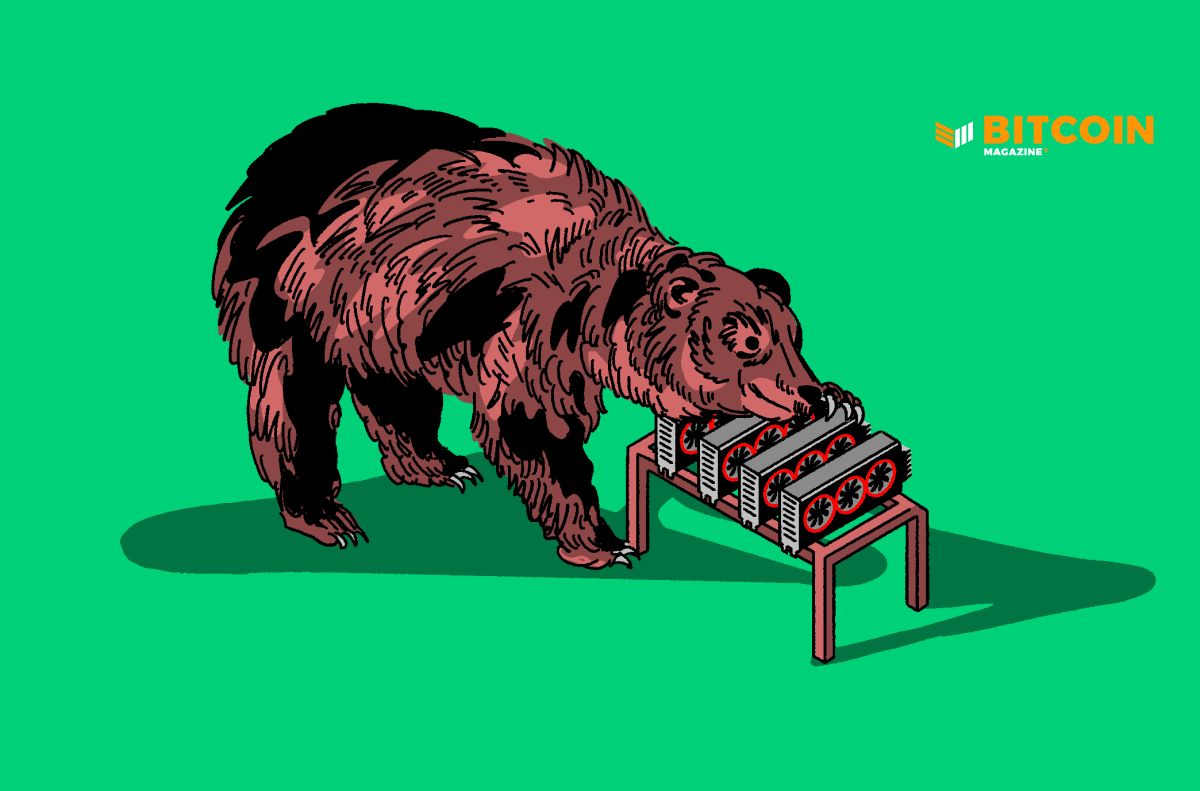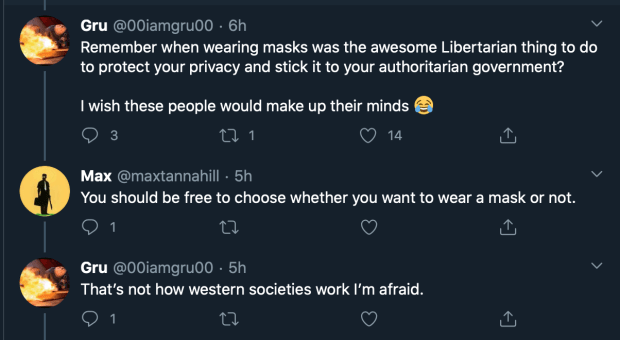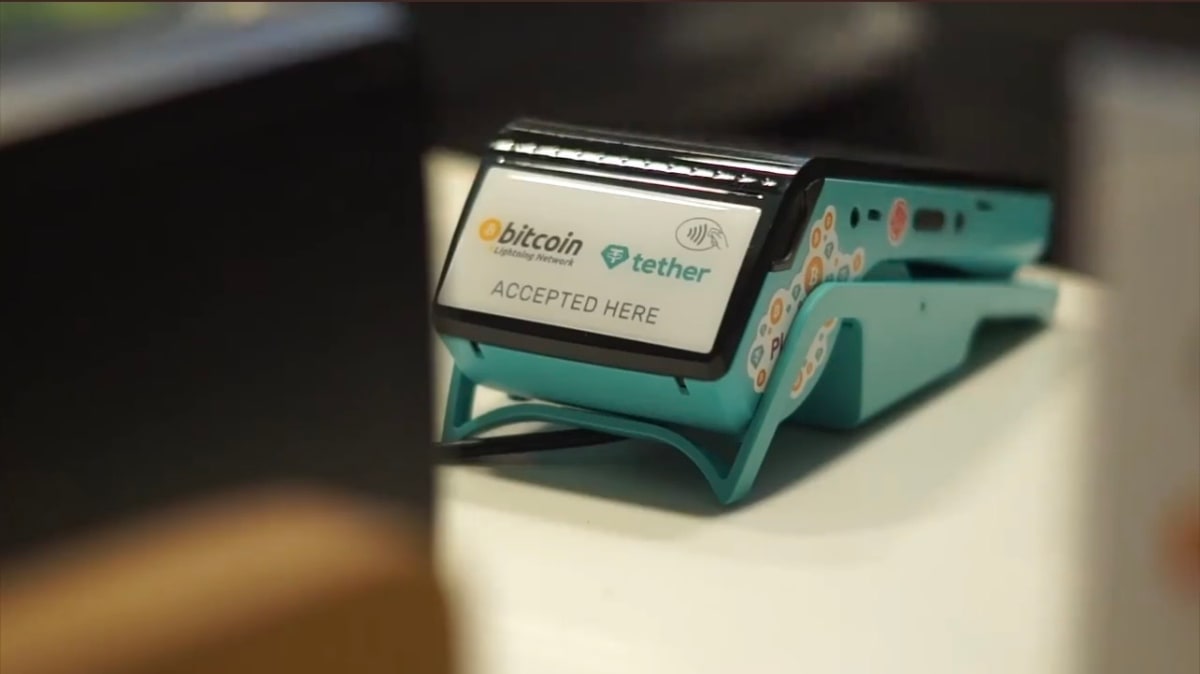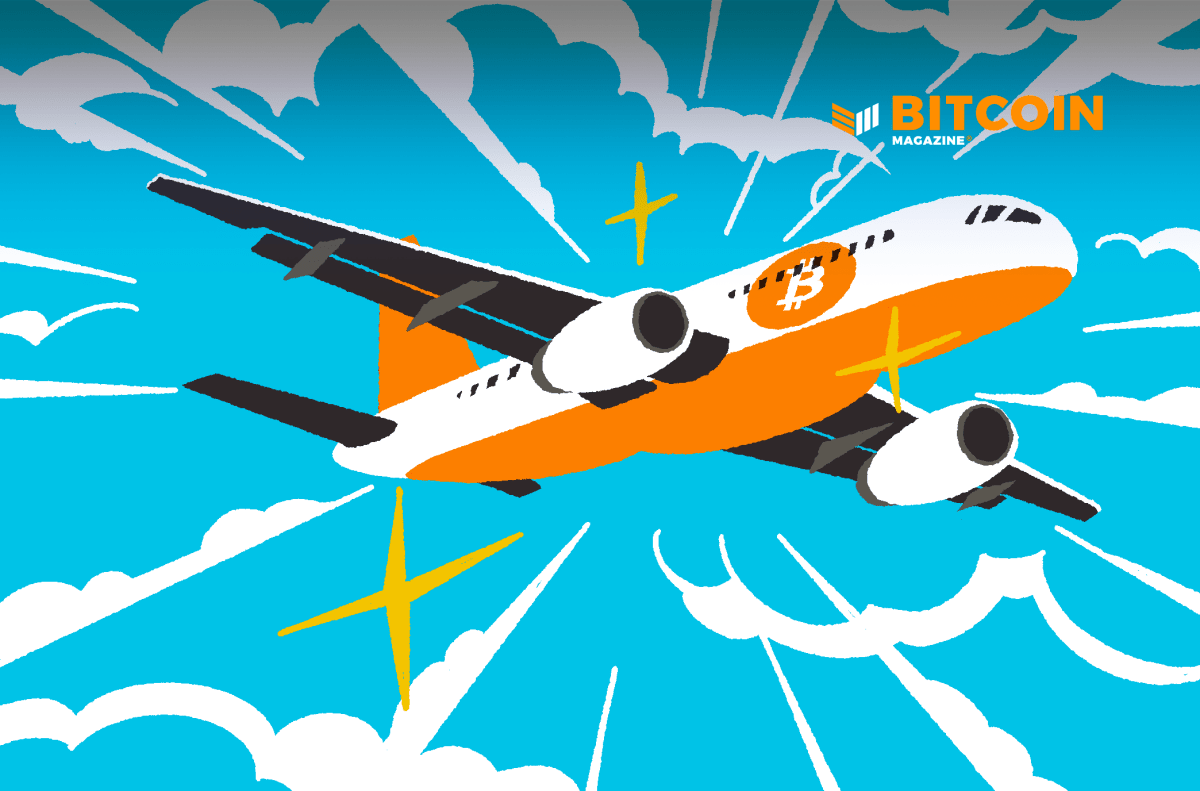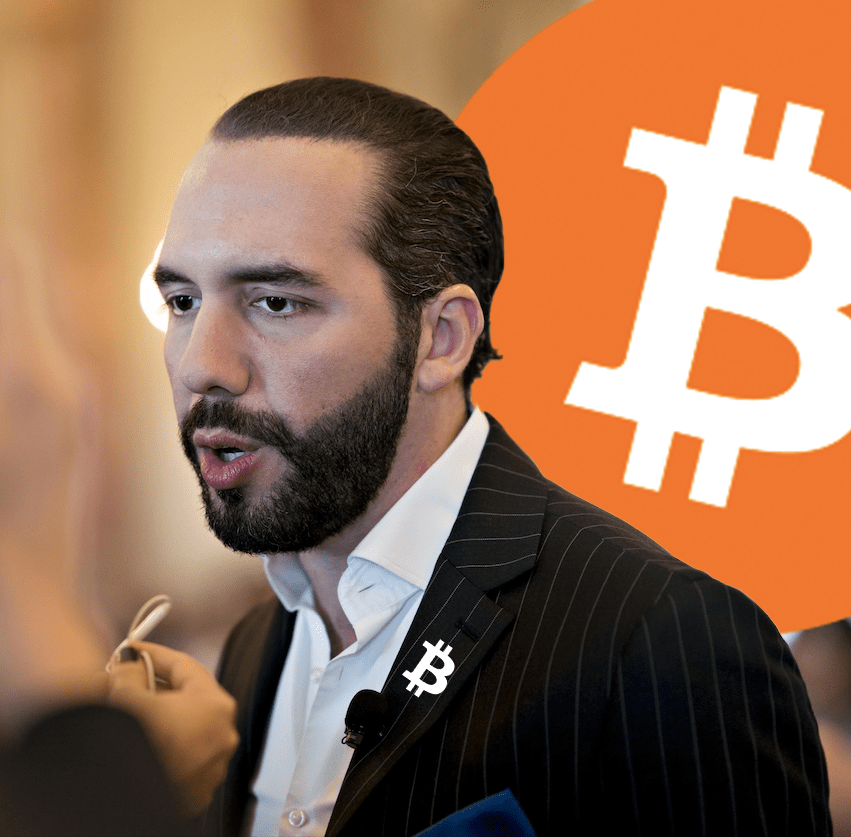Bitcoin Will Take El Salvador Into The Future
Reflections on an informative and exciting trip to El Salvador, the center of bitcoin adoption.
August 22, 2021

After a June visit in Washington D.C. with Madam Ambassador Mayorga of El Salvador, I was invited on a follow-up trip to El Salvador in August. My wife Lola and I ventured down and spent five days exploring the country and new business opportunities. What follows are observations from that trip.
Close By
El Salvador is much closer to the U.S. than most people probably realize. Since we live in South Florida, we were able to take a direct flight of about 3 hours from Miami to San Salvador. The government was generous to us. We were ushered directly from the plane to a special reception area, our immigration paperwork was processed, and our bags were collected for us. I must admit this service level was fantastic and a foreshadow of the treatment we received throughout our trip. El Salvadorians are rightly proud of their hospitality.
Modern And Safe
In my 35-year professional career I’ve spent a great deal of time travelling internationally and a fair amount of this has been in the developing world. I’ve seen some horrendous conditions and heart-wrenching abject poverty. Media coverage of El Salvador has focused on things like El Salvadoran refugees at the U.S. southern border seeking a better future, MS-13 gangs terrorizing the population, the scars of the civil war of the 80s and 90s. I cannot say that these things aren’t at least partially true, but I can say that in the greater San Salvador metro area we saw no evidence of them. Lola and I also took trips of our own into some neighboring provincial areas, and we also saw no evidence of these things there either.
There is certainly some poverty in El Salvador. On major routes into and out of San Salvador plenty of folks struggling to make ends meet are selling fruits, nuts and treats on the roadside. A percentage of the population is living in shanty-type housing in some districts. But, the infrastructure of the country is much more developed than I’d expected and there is a lot of construction underway. Cell service is widely available although often 3G. Internet is prevalent, quick and speedy. San Salvador is very clean and waste management is running well. Traffic flows well and the vehicles on the road are in good condition and safe.
A very pleasant surprise was that San Salvador had a very advanced network of restaurants, bars, and shops. This wasn’t just in one upper-class district of San Salvador but across the entire metro area. The businesses were well run and very diverse. Prices were fair (similar to the U.S.) but a little more expensive than I’d expected.
In the 90s I spent a lot of time in Taiwan. Over the course of that decade, the country transformed itself from a developing country to a developed country. El Salvador feels like Taiwan did in the middle of that transformation. El Salvador is a country on the climb. The people feel it too. While they may not have everything that people in first-world countries have, they are not sulking about what they don’t have; they simply look toward the future.
Money
In 2000 the U.S. introduced the Sacagawea dollar coin in an attempt to increase the use of coins in commercial ventures. By the end of the decade, it had flopped, and it disappeared into obscurity. Well, if you ever wondered where all of those dollar coins went, El Salvador is the answer.

The first time I bought something using U.S. dollars and I received change, I had to look twice at what I’d received. I mention this because the truth is that as things sit, El Salvador is very heavily a U.S. dollar economy. Prices throughout the regions we visited were displayed exclusively in dollars. A very small number of business establishments even advertised that they accepted Bitcoin. Admittedly, I was a bit disappointed by this, but there is good news.
Bitcoin Beach, while being quite small, is very real. The shops and street vendors are well versed and comfortable with Bitcoin. You can buy soda, ice cream, artisan soaps, t-shirts, coffee, and jewelry with Bitcoin or dollars. The vendors don’t care which you use and if you choose Bitcoin, they are comfortable in how to do the transaction. If it can happen here, then it can happen in San Salvador, and if it can happen in San Salvador then it can happen anywhere in the world.

Outside of Bitcoin Beach, the people of El Salvador are largely excited about Bitcoin, although their knowledge level is low and this causes trepidation. This is perfectly understandable because Bitcoin meant nothing to most of the people only ten weeks ago. But their desire to learn about it is very strong and there is a realization that this is a major inflection point in the future of El Salvador. As we traveled throughout the country and people found out that we ran businesses in the Bitcoin mining space, they peppered us with questions; Saul and Romeo our drivers, Jorge the boutique hotel owner, Mario from the reptile farm, Benjamin the attorney, Napo from the t-shirt factory plus many more people were sponges soaking up any knowledge we could impart.
But the most interesting and exciting part of the whole trip occurred when we were invited to a little gathering at the home of a new friend on our last day in El Salvador. There were several kids there in their early teens. Just as they were about to head out for a boat ride, one member of the group named Sarah, approached me and asked me if Bitcoin was a good thing for El Salvador. Not wanting to give her a long-drawn-out answer involving Austrian economics, geopolitics, and the importance of hard money, I told her “Yes, it was very good for El Salvador and that she should be excited and proud of the bold and courageous move her country was making.” I figured that would be the end of it and she’d want to get on with the boat ride. Well, it turns out I vastly underestimated Sarah. Within a few minutes, not only Sarah, but a whole cast of El Salvadorian youth was drilling me on Bitcoin. The boat ride was put on hold, and we spent the next hour going deep as we traversed inflation, monetary policy, global reserve currencies, the separation of government from money and the mechanics of Bitcoin.

These kids are smart, they are motivated, and they will make a difference in the world. They are not infected with preconceived establishment rhetoric, and they will not accept anything without fully challenging it.
The country is led by President Nayim Bukele who is forward looking and action oriented. I met with several members of his administration including members of the Bitcoin implementation team. I can tell you that President Bukele has not surrounded himself with a bunch of bureaucrats but instead has assembled a youthful, aggressive, and innovative team. They operate more like a company getting ready for an IPO than a government. I cannot help but shake my head when contrasting the quality of El Salvador’s team and their ability to execute with the fiasco in the U.S. Senate over the cryptocurrency portion of the infrastructure bill. While El Salvador is surging with a monetary revolution, the U.S. cannot even get agreement on a few sentences of cryptocurrency legislation because an 87-year-old Senator in his sixth term can block the will of 99 other senators.
As Lola and I now reflect on our trip, we are hit with the stark realization that we were standing at ground zero of a revolution. Certainly, the leadership of President Bukele and the technology of Jack Mallers, have played a big role in El Salvador’s Bitcoin movement, but the true energy to see it through will come from the masses and the youth that see a path to a better tomorrow. They are onboard and they will make it happen.
This is a guest post by Bob Burnett. Opinions expressed are entirely their own and do not necessarily reflect those of BTC Inc. or Bitcoin Magazine.



